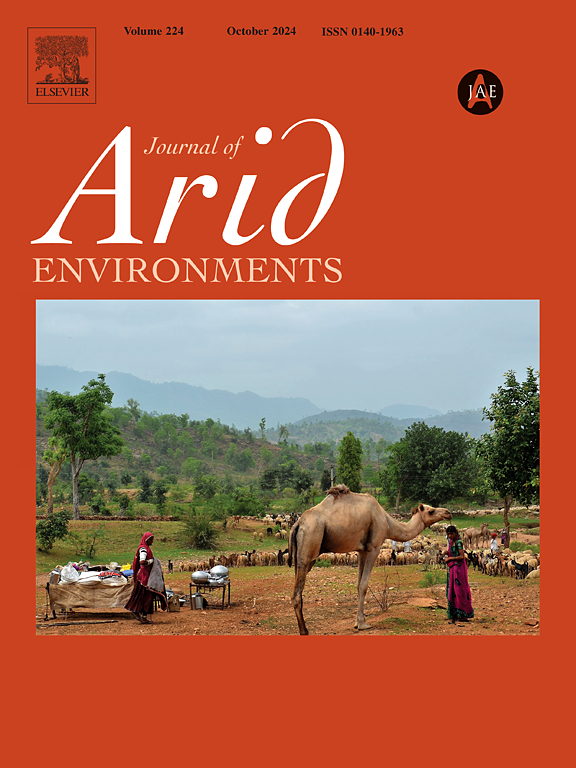Deforestation significantly reduces litter fauna by changing litter quantity, complexity and quality at the plant-soil interface
IF 2.6
3区 环境科学与生态学
Q2 ECOLOGY
引用次数: 0
Abstract
The high deforestation rates of the Arid Chaco forests have reduced tree cover and habitat of species living above and belowground. The effects of deforestation have been widely studied in aboveground organisms, with belowground communities being less understood. Here, we evaluated how deforestation transitions from forest to open landscapes affect litter fauna communities (taxonomic and functional abundance and richness) via changes in litter quantity, complexity, and quality. Deforestation caused a marked reduction in litter quantity and complexity, but not in litter quality. Treeless landscape (hereafter referred as open shrubland) presented lower taxonomic abundance and richness than forests, as well as lower abundance and richness of decomposers and predators. Although most of the changes in litter affected litter fauna, litter quality (e.g., C:N) was the most important driver of taxonomic and functional abundance and richness. These results highlight that litter fauna can be affected by both drastic and subtle changes in litter characteristics driven by modifications in plant communities, since litter is the habitat and food for these organisms. Our findings contribute to a better understanding of the mechanisms by which deforestation transitions affect soil organisms in arid environments.

森林砍伐通过改变植物-土壤界面凋落物的数量、复杂性和质量,显著减少了凋落物动物群
干旱的查科森林的高砍伐率减少了树木覆盖和地上和地下物种的栖息地。森林砍伐对地上生物的影响已被广泛研究,而对地下生物群落的了解较少。在这里,我们通过凋落物数量、复杂性和质量的变化,评估了森林砍伐从森林到开放景观的转变如何影响凋落物动物群落(分类和功能丰度和丰富度)。森林砍伐导致凋落物数量和复杂性显著下降,但凋落物质量没有下降。无树景观(以下简称开阔灌丛)的分类丰度和丰富度低于森林,分解者和捕食者的丰度和丰富度也低于森林。虽然凋落物的变化主要影响凋落物区系,但凋落物质量(如C:N)是凋落物分类和功能丰度和丰富度的最重要驱动因素。这些结果表明,由于凋落物是这些生物的栖息地和食物,因此凋落物动物群可能受到植物群落变化所驱动的凋落物特征的剧烈和微妙变化的影响。我们的发现有助于更好地理解干旱环境中森林砍伐转变影响土壤生物的机制。
本文章由计算机程序翻译,如有差异,请以英文原文为准。
求助全文
约1分钟内获得全文
求助全文
来源期刊

Journal of Arid Environments
环境科学-环境科学
CiteScore
5.70
自引率
3.70%
发文量
144
审稿时长
55 days
期刊介绍:
The Journal of Arid Environments is an international journal publishing original scientific and technical research articles on physical, biological and cultural aspects of arid, semi-arid, and desert environments. As a forum of multi-disciplinary and interdisciplinary dialogue it addresses research on all aspects of arid environments and their past, present and future use.
 求助内容:
求助内容: 应助结果提醒方式:
应助结果提醒方式:


